
Strabismus eye surgery is the best possible treatment for this condition. In order to understand how the surgery actually works one needs to be familiar with all the six extraocular muscles which control eye movements. Namely, one of these muscles may be stronger than others. As a result, it drives the eye to one side resulting in turning of the affected eye inward, outward or its rotation too high or low. Furthermore, strabismus may develop as a consequence of an eye muscle weakness, with similar effects that have already been mentioned. Fortunately, doctors have come up with different surgical solutions to the problem.
Recession and Resection Procedures
During a recession procedure the surgeon detaches the affected eye muscle and then re-attach the muscle to other location on the eyeball. The actual location where the muscle will be re-attached depends on its previous state i.e. depends on whether the muscle was too weak or too strong.
Adjustable Suture Strabismus Surgery
During such surgery the doctor adjusts sutures in order to improve the final result of the surgery. It is only performed in adult patients with better results obtained if the eyes were previously normally aligned.
The procedure is performed under local or general anesthesia. The patch placed immediately after the surgery remains on the eye for 4-24 hours and is then removed. Depending on the results the doctor may use the suture and tighten or loosen the operated muscle and by doing so he/she adjusts the muscle and achieves the best results. Even though such adjustment may be uncomfortable, it is essential for obtaining desirable results.Strabismus Surgery Risks
Risks associated with strabismus surgery include partial or even complete loss of vision (a rare complication), failure to achieve desirable results, scleral penetration/perforation, loss of treated muscle, endophthalmitis, infection, bleeding and scarring and anterior segment ischemia.
Strabismus Surgery Recovery Time
Most patients who have undergone strabismus surgery fully recover after 5-6 weeks. After the surgery patients basically have to deal with blood tingled tears and mild crusting, both of which soon disappear. In order to cope with these problems patients are prescribed antibiotic eye drops.
After a week patients are allowed to engage in daily activities. Still, strenuous physical activities as well as eye strain are forbidden for additional period of time. By following doctor's orders patients fully recover and may prevent any complication. If, however, some complications occur in spite of being cautious, they must be reported to the doctor as soon as possible.


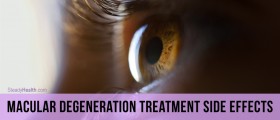

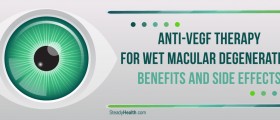



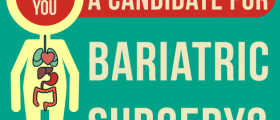




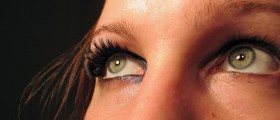
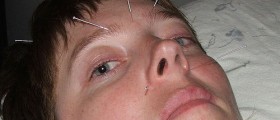
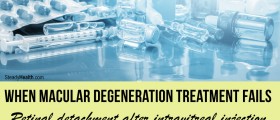

Your thoughts on this
Loading...